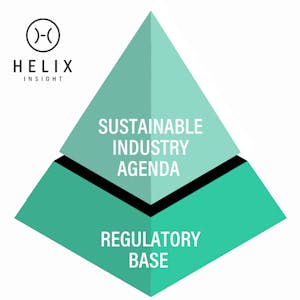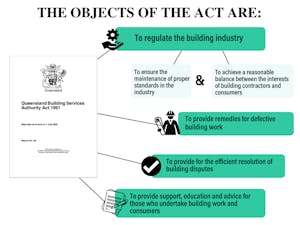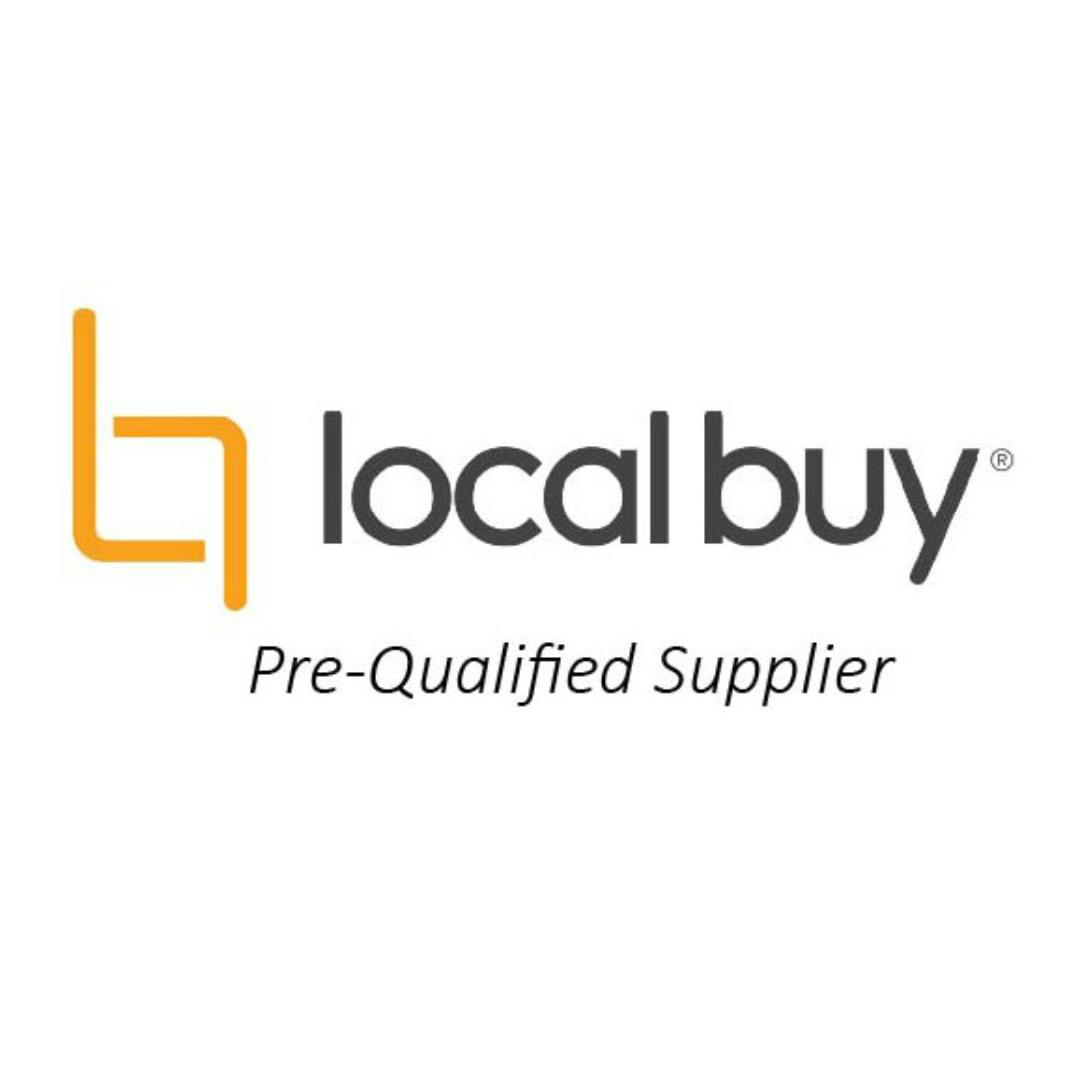This is indeed a ‘thread the needle’ challenge for the Queensland Building and Construction Commission (QBCC). The QBCC must be more effective, but less intrusive, when it comes to regulating contractors.
However, I am of the view for the sake of contractors and the QBCC, this has to be done.
Before I launch into my reasons for being of this view, I pose this question to readers. In answering this question, please consider the current state of the industry and the rapid speed of industry disruption that was in full swing before COVID, but is now accelerating at an unbelievable pace.
If you had a blank canvas to come up with appropriate QBCC legislation that will make it less intrusive on contractors but also an effective ‘future fit’ regulator, what of its current suite of legislation would be done away with, transferred elsewhere or extensively amended?
The significance of appropriate ‘future fit’ regulation of the construction industry is something I am very passionate about. The industry needs to be subject to such regulation.
I have tremendous regard for the QBCC and the very important role it plays in regulating the construction industry.
I also have a great deal of admiration for the QBCC staff. They turn up, day in and day out and in my view and experience, the vast majority do their very best to effectively and efficiently service and regulate the industry.
My background
I have been committed for 27 years to wanting to see the QBCC and its predecessor, the Queensland Building Services Authority (QBSA) be the best and most effective version of itself.
Before joining Helix 5 years ago, I spent 22 years working in senior roles at the QBSA and QBCC.
I was a member of the Executive Leadership Team when the QBCC was created on 1 December 2013.
In my time at Helix, I have written 143 articles before this one. The vast majority of these articles relate to QBCC activities/initiatives or other regulatory activities and issues confronting the construction industry.
In writing articles on matters impacting the industry through the actions of the QBCC, I have always adopted a respectful manner and tried to be informative, but at the same time never afraid to express an opinion.
Below is a collection of some such articles, covering a very wide range of issues.
QBCC related articles

View the interactive version here that can take you to each article!
Industry disruption and ‘future fit’ regulation
I have expressed for several years, the need for regulation of the construction industry to be reset given the mass disruption of the industry that is taking place.
The industry is presently confronting very challenging COVID-related disruption issues, as well as evolving technologies such as artificial intelligence (AI), machine learning, big data analytics, distributed ledger technology, and the Internet of Things (IoT) disrupting the industry.
A lot of this current disruption, (not all the COVID-related disruption), will deliver long overdue sustainability improvements.
Surely we do not want to impede improved sustainability in the industry through badly constructed and badly targeted regulation?

While not the focus of this article, I have written several sustainability-related articles, namely;
- A fairer and better construction industry is feasible if we change our thinking
- The construction industry must build back better in 2021.
- What’s sustainability got to do with SOP?
What is ‘future fit’ regulation?
In an article I published in January 2019 named ‘Future fit’ regulation is required for a rapidly changing construction industry, I referred to a report from the Deloitte Centre for government insights that stated:
“Sweeping technological advancements are creating a sea change in today’s regulatory environment, posing significant challenges for regulators who strive to maintain a balance between fostering innovation, protecting consumers, and addressing the potential unintended consequences of disruption.
Emerging technologies such as artificial intelligence (AI), machine learning, big data analytics, distributed ledger technology, and the Internet of Things (IoT) are creating new ways for consumers to interact — and disrupting traditional business models. It’s an era in which machines teach themselves to learn; autonomous vehicles communicate with one other and the transportation infrastructure; and smart devices respond to and anticipate consumer needs.
In the wake of these developments, regulatory leaders are faced with a key challenge: how to best protect citizens, ensure fair markets, and enforce regulations, while allowing these new technologies and businesses to flourish?
The assumption that regulations can be crafted slowly and deliberately, and then remain in place, unchanged, for long periods of time, has been upended in today’s environment. As new business models and services emerge, such as ridesharing services and initial coin offerings, government agencies are challenged with creating or modifying regulations, enforcing them, and communicating them to the public at a previously undreamed-of pace. And they must do this while working within legacy frameworks and attempting to foster innovation.”
In another article entitled Regulators and the industry must partner up, I stated:
“However, it also needs to be recognised that regulators do not have the legislative basis, or respectfully the skills or knowledge, to make the industry more sustainable and innovative. They can certainly support and incentivise the industry in this regard, but they cannot lead the industry.
In my view, it is up to the industry to take responsibility for becoming more sustainable and innovative.”
The QBCC must be a ‘back to basics future fit’ regulator
I have spent considerable time reviewing the QBCC Governance Review 2022 (report) and Queensland Government Response.
In my opinion, the role of the QBCC in 2022 and onwards, should largely reflect the original simple, but very significant objects of the Queensland Building Services Authority Act 1991.
Before I lose many of you, let’s have a look at these 31-year-old regulatory objectives.
The objectives of this Act are –

These 31-year-old regulatory objectives strongly resonate with me as being very appropriate for 2022 and onwards. This ties into what I said before that the QBCC must be more effective moving forward.
Perhaps this is because, in a less complex world in 1991, the QBSA was not under pressure to be ‘all things for all people’ and in my view, that is exactly the root cause of many of the pressure issues the QBCC is currently under and very well-identified in the QBCC Governance Review 2022.
There must be enhancements to these objectives but in my view, in these very challenging times, the construction industry needs to be the subject of reduced regulation on one hand, but at the same time have its performance put under greater scrutinising in the areas I think are very important.
I believe that for the QBCC to be a ‘future fit ’ regulator, it must have a ‘back to basics’ focus on:
- licensing/compliance requirements;
- processes and procedures to resolve disputes of a technical nature;
- supported by excellent customer service, through an integrated information system and a substantial and real commitment to consulting and supporting the 500-plus QBCC staff; and
- an independent internal review process, with
- a razor-sharp emphasis on meeting very clearly communicated outcomes and service delivery targets concerning these responsibilities; and
- as an independent statutory authority, an appropriate funding model is in place to support these obligations, without any additional government funding support or imposition on the industry of new additional funding arrangements.
NOTE: the repositioning of the QBCC Board should not occur until the QBCC responsibilities are settled in line with a return to being a ‘back to basics, future fit’ regulator. The reason is very simple. The composition of the Board should be reflective of the objects of the QBCC.
That is it.
Everything else the QBCC currently does should be reviewed in terms of still being appropriate or transferred to another government organisation.
Alternatively……..
Alternatively, the QBCC continue on its current pathway, as stated in the report:
‘The QBCC Act prescribes the QBCC functions which can be broadly categorised as licensing of building certifiers, pool safety inspectors, contractors, nominee, site supervisor and occupational licensees; administering the QHWS; regulating building products; maintaining building and construction standards; regulating the security of payment laws, providing support, education and advice to industry and consumers.’
In these circumstances, there is an elephant in the room that must be discussed.
QBCC funding
The funding position of the QBCC is a very serious matter, as outlined in the report where it stated (recommendation 14);
‘Annual financial reporting indicates the QBCC has been operating at a deficit since its inception in 2013. At the same time the QBCC has seen its role as the building industry regulator continue to expand.’
Elsewhere, under the same recommendation it is stated;
‘Financial modelling undertaken in 2019 indicates the QBCC’s revenue base has failed to keep pace with the regulator’s expanding responsibilities and is no longer sustainable. The government has continued to financially support the QBCC while considering the best way to address the funding deficit long-term.’
The current QBCC funding status is very well explained under the same report recommendation:
‘The QBCC is an independent, self-funded regulator that does not rely on government funding. Most of the QBCC’s revenue is collected from a combination of licensing and compliance activities.
The QBCC administers two funds under the QBCC Act:
- a General Statutory Fund (General Fund)
- an Insurance Fund.
The General Fund primarily consists of revenue raised from licensing and compliance activities while the Insurance Fund consists of revenue received or recovered from the QHWS.
Under the legislation, money collected under the Insurance Fund can only be used to administer the scheme and pay out claims to policy holders.
The General Fund is used to fund licensing and compliance activities and all other operational activities of the QBCC.’
In the report, it is recommended:

Final thoughts
In writing this article, I am reminded of a famous quote by Russell L. Ackoff, a pioneer in the field of operations research, systems thinking and management science. Ackoff said:
“The more efficient you are at doing the wrong thing, the wronger you become. It is much better to do the right thing wronger than the wrong thing righter. If you do the right thing wrong and correct it, you get better.”
Before we hit the go button and implement the 17 recommendations in this report, I think we should pause and ask ourselves:
Are we focused on the QBCC becoming more efficient at doing the wrong things?
I think we are.
Finally, a plea to contractors.
Please join an industry association that has a strong commitment to providing timely and well-researched updates to its affiliated members on emerging industry issues.
Ministerial Construction Council
The Ministerial Construction Council provides a platform for key stakeholders and government organisations to discuss matters relating to the Queensland industry.
Who is on the Ministerial Construction Council?
According to the government’s response to the Parliamentary Committees recommendations into the Building Industry Fairness (Security of Payment) Act 2017, the Council consists of representatives from:

View the interactive version here: Ministerial Construction Council.
An industry body I have high regard for, but which is not a member of the Ministerial Construction Council, is the Australian Contractors Association (‘ACA’) whose vision is:
“A sustainable construction industry that is a great place to work.”
Contractors, please get involved in your industry!
Not intended as legal advice. Read full disclaimer.


